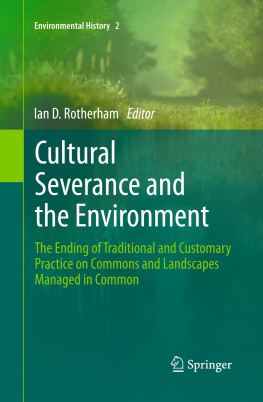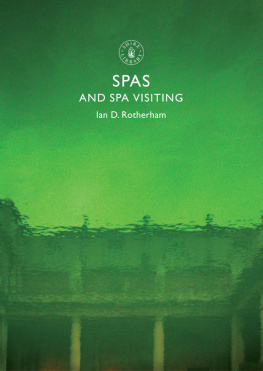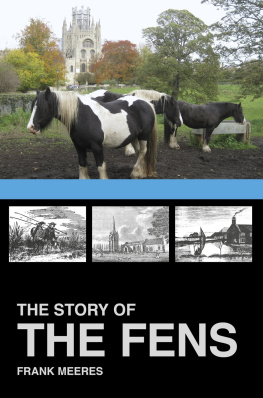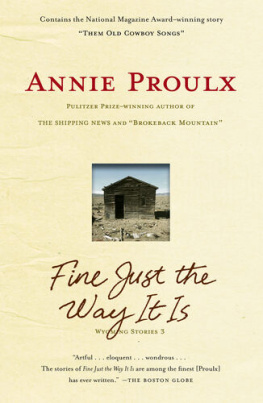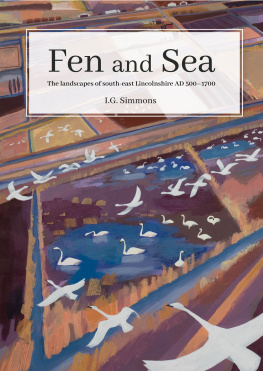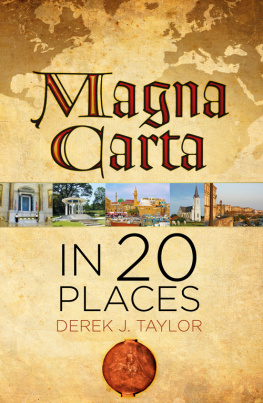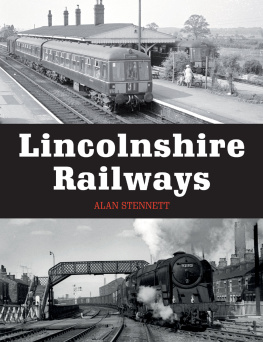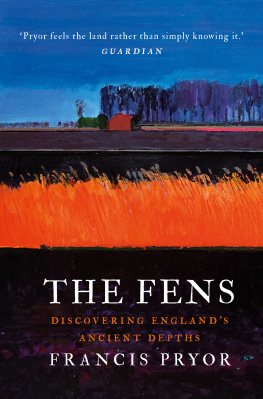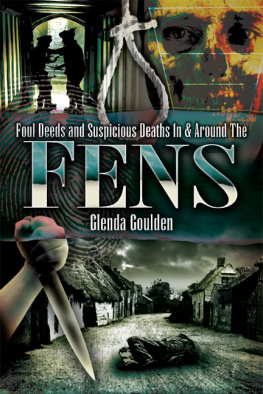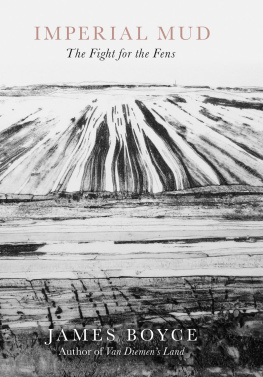
Many people have supplied information and images for the book and others have simply encouraged the work. My wife Liz is thanked for her endless patience and my colleague Joan Butt produced many of the maps. The History Press and their editors are thanked for their encouragement and support. Acknowledgement is also given to the National Archives, ref. MPC1/56, for the use of the Inclesmoor Map.
CONTENTS
.
.
.
.
.
.
.
.
.
It is my great pleasure to write the Foreword for this book. Until I read it my knowledge of the Fens both the Northern Fens of South Yorkshire and north Lincolnshire and the Southern Fens of south Lincolnshire and Cambridgeshire was bitty and incomplete. I had dipped into one book, carried in my head a short vivid description from a second book, and read a third book from cover to cover. Now, having read Ian Rotherhams The Lost Fens , I feel that my fenland education is much more complete.
The book that I had dipped into was Jack Ravensdales Liable to Floods ( 1974 ), the history of three villages on the edge of the Cambridgeshire Fens between AD and 1850 . The description that I carry around in my head is of the last royal deer hunt that took place in the Northern Fens in South Yorkshire in 1609 . The description is by the antiquarian and diarist Abraham De La Pryme ( 1671 1704 ), and was quoted in the Revd Joseph Hunters South Yorkshire (Vol. , 1828 , p. ). The occasion was a visit to Hatfield Chase by Prince Henry, Prince of Wales. The royal party embarked in almost boats, having frightened about deer to take to the water. They pursued them into Thorne Mere and there being up to their very necks in water, their horned heads raised seemed to represent a little wood. Ian quotes the piece in full in Chapter .
On the subject of fenlands, a book that I have read from cover to cover is a very short book, of just sixty-seven pages: Eric Ennions Adventurers Fen , published in 1942 . It contains a vivid account of this small fenland remnant over a period of forty years, from 1900 to 1940 . During this time it changed from being a working fen (with litter cutting for coarse hay, turf cutting for domestic fuel, reed cutting for thatching, and osiers for making wicker baskets and eel traps), to being drained and farmed. It then reverted to nature during the Depression years of the 1930 s and then, at the outbreak of the Second World War, it was lost to agriculture forever. As Brian Vesey-Fitzgerald says in his Foreword to Ennions book, it is a love story the headstone over the grave of a part of Britain where but a short while ago the bittern nested is sugar beet.
This quotation says it all. Visitors to the former fenland regions today, and many of their residents, see a tamed landscape. They are quite unaware of what the Fens once looked like, how their resources were exploited for thousands of years, of the rich plant life and animal life that once abounded there, and how they were destroyed. All they see is a rich agricultural landscape, Britains bread basket, full of flat fields of wheat, sugar beet, potatoes and other vegetables that replaced around , square miles (,km) of ancient fenland landscape in the Southern Fens of Lincolnshire, Cambridgeshire, and East Anglia, and , square miles (,km) in the Northern Fens of South and East Yorkshire and north Lincolnshire. This book tries to set the record straight. It looks at the landscape and wildlife before drainage, the piecemeal and then highly organised drainage of the wetlands and the consequences of the land improvement, and then brings the story up to date in the context of twenty-first century environmental issues.
Ian has been called a take-no-prisoners environmentalist. He has campaigned hard and long for countryside management and environmental responsibility in his native South Yorkshire. Here he takes a much wider view and has written a compelling book about a subject that has been very close to his heart for many years. The book has everything. First, it covers both the major former fenland areas, not only the well-known Cambridgeshire Fens and their extension into south Lincolnshire but also the less well-known former fenland landscapes of South Yorkshire and neighbouring north Lincolnshire. Secondly, it covers a vast sweep of time from the very beginnings of fenland environments, through the , years of draining and improvement, to their virtual disappearance, and then on to current projects to stabilise remaining fenland remnants and reinstate others. There is also a telling chapter about the wildlife and lost flora of the un-drained Fens, and a fascinating chapter on the impact of peat extraction. Finally, having dealt with the attitudes of mind that led to the destruction of the ancient fenlands, there is a powerful last chapter about the future and about environmental sustainability in general. It is a story of great loss, of a great ecological catastrophe, but also a vision for the future, a vision for restoration.
His audience is very wide; it not only embraces the general reader, such as local historians and amateur naturalists, and specialists such as landscape historians and ecologists, but also planners, local politicians and national politicians indeed, anyone who cares or should care about fenland environments and environmental concerns generally.
This is a powerful book with a number of powerful messages. It is timely and deserves to find a permanent place in the literature on the Fens.
Melvyn Jones,
Kirkstead Abbey Grange,
Thorpe Hesley, 2013
About a quarter of the British Isles is, or has been, some kind of wetland.
Oliver Rackham ( 1986 )
A LOST WORLD AND A FORGOTTEN LANDSCAPE
To stand inside the dykes and banks of the Wicken Sedge Fen is to take a step back in history. Suddenly you become Hereward the Wake, the last Saxon warlord, gazing out over an English kingdom squeezed in the grasp of Norman steel and a culture battered and broken. Our view today is across a largely barren, dry vista of intensive agri-industry; devoid of its ecology and deprived of its native peoples. Yet history tells us that this was once the richest landscape for people and for wildlife in Britain. Such an observation begs the questions of when and why it disappeared. What did it look like and exactly what was its ecology? These basic questions are hard to answer since there are few written records, and this Fen was mostly destroyed before anyone bothered to identify and catalogue its animals and plants. We know that much of the great wetland was still here in 1600 , but was virtually annihilated by 1900 . By whom and why did this happen?
Recent conservation work, at great expense, has begun the slow process of recovery of areas immediately around the handful of fen sites that remain. However, even here and with the largest conservation grants ever allocated by the Heritage Lottery Fund, the recovery is habitat re-creation not restoration. The fen, its ecology, and its people are so changed that it can never be restored, but we must still try to create something new and perhaps a mirror of sorts to the past. Here at Wicken there are great plans afoot to reverse the worst of farmings atrocities and to try to restore at least a veneer of respectability to Englands last true fenland. However, step outside the protective banks and ditches of the old fen, and the land, though reverted from intensive farming to a broad, open, grazed landscape, is still dry. For technical and social (adjacent farming) reasons this land will never again be wet. Some areas of the most-recently drained fen have been restored with a degree of success, but the bigger landscape, like Herewards Saxon England, remains under the firm grip of its new master. The land is dry and the waters have been banished.
Next page

